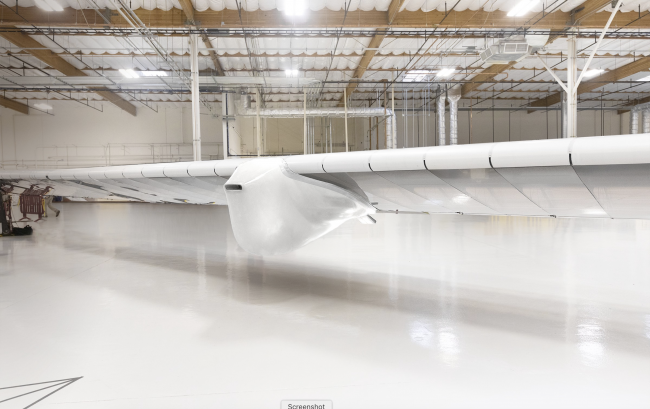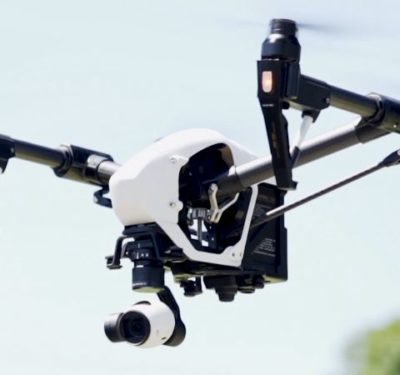Loon and HAPSMobile have developed a communications payload for HAPSMobile’s HAWK30, a solar-powered unmanned aircraft system (UAS) that flies in the stratosphere. The two companies are subsidiaries of Google and SoftBank, respectively.
The initiative furthers a strategic relationship formed last spring to tap the potential of the stratosphere to enhance the connectivity ecosystem and bring more people, places, and things online.

Communications payload riding under HAWK30’s wing. Photo Loon/HAPSMobile.
Technical teams from the two companies adapted the payload technology in use on Loon’s stratospheric balloons for the HAWK30, which is designed to fly approximately 20kms above ground, gat speeds of more than 100 km/h. Winds in the stratosphere can reach speeds of 100km/h and temperatures can drop to as low as -90 degrees celsius.
The communications payload effectively serves as a stratospheric cell tower. Millimeter-wave communication systems provide the backhaul links connecting the UAV to a physical internet access point on the ground, and enable multiple vehicles to connect with one another in the stratosphere. The payload houses highly accurate antennas that are capable of establishing point-to-point (P2P) connections at distances of up to 700 kilometers and carrying data at speeds up to 1Gbps. To keep a stable connection, the antenna rotates as the UAV moves.

Internet service concept. Courtesy SoftBank/Hapsmobile.
The Loon payload serves the internet to a large number of smartphone users at a long distance from existing ground infrastructure. Loon’s mission is to connect people everywhere, expanding internet access to areas lacking it.





